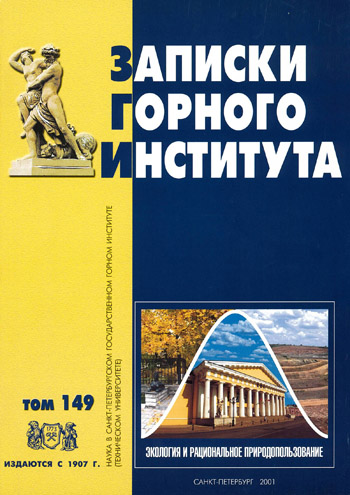Gold uranium and gold ore deposits of Central Aldan - the largest potential source of these metals in Russia
- 1 — Moscow Geological Prospecting Academy
- 2 — Moscow Geological Prospecting Academy
Abstract
Uranium and gold belong to the group of strategically important mineral resources. Despite significant differences in their geochemical properties, under certain favorable conditions they form large joint or spatially close ore deposits. Currently, the raw material base of these metals in the Russian Federation has been significantly reduced and its expansion is possible through the integrated use of mineral resources. There is only one uranium mining enterprise in Russia - Priargunsky Mining and Chemical Association in Transbaikalia with annual uranium production of about 2,500 tons of uranium, while the total demand, including export supplies, is not less than 10,000 tons per year. So far, this deficit is compensated for by stockpiles, but in the future it will be necessary to develop new uranium-ore sites. The volume of gold mining does not fully satisfy the state's needs either. If in the 1990s gold production in the country amounted to about 200 tons, then by 2001 it fell to 150 tons. At the same time, about 60% of gold is extracted from alluvial deposits, most of whose reserves have already been worked out. The deposits of the Central Aldan ore district in Yakutia have been chosen as one of the largest potential sources of these metals. Large reserves of uranium and gold are concentrated here in extended ore-bearing zones. Despite relatively low grades, their joint mining may be economically efficient. The priority task is to identify new ore-bearing zones and areas within already explored zones with rich ores for industrial development.
